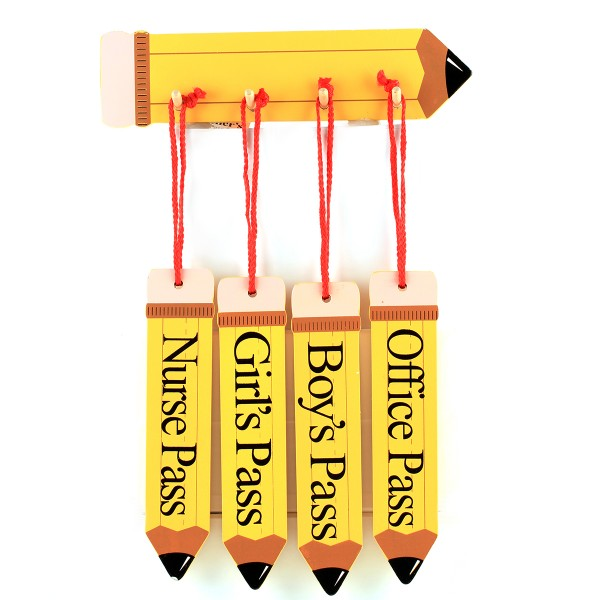If You Can Predict It, You Can Prevent It:
Specially Designed Instruction to Support the
Prevention of Predicable Problems
By Elaine Gould, M.Ed. and Debbie Grosser, M.Ed.
February/March 2014
If you can predict it, you can prevent it. Sounds simple, right? Let us think about how this logic can be applied in the classroom. Listed below are examples of predictable issues that teachers experience in their classrooms. Can you predict that:
- Samantha, a student with a learning disability in writing, will dissolve into tears each time a five-
 paragraph essay is assigned?
paragraph essay is assigned? - Martin, who has a learning disability in math, will ask to use the restroom or visit the nurse’s office when required to independently complete a math worksheet?
- Antonio, a student with emotional and behavioral challenges, will argue with his classmates while working in cooperative groups?
All of the above are examples of student task-avoidance behaviors that interrupt the learning process in the classroom and require teacher attention and action. For special educators, this attention and action is more profitably directed at the development of specially designed instruction for students with disabilities.
While at the core of special education services, specially designed instruction is often misunderstood. True specially designed instruction includes meaningful, research-based practices that support the student in mastering content standards (Salend, 2008). Such coordinated, planned instruction is linked to the goals and objectives specified in the student’s individualized education plan (IEP) (Auburn Public Schools, 2012). In developing goals, it is necessary to determine content demands so that skill gaps can be identified. In doing so, teachers look deeper into grade level standards to discover the component skills needed to master a given standard. Once identified, these subskills are assessed, and goals are developed to address areas of need (Morgan et al., 2013).
Specially designed instruction may require adjustment of “existing behavior expectations and curriculum standards, assignments, and instructional activities, materials, and settings” (Gleckel & Koretz, 2008, p. 157). All students are working toward the same standard, but adjusting content allows the student with a disability to work on component skills needed to master those standards. Modifying methodology and delivery involves using instructional strategies to deliver the content to the student with a disability, but these strategies are not necessarily used with classroom peers (Auburn Public Schools, 2012).
Planning specially designed instruction also involves identifying resources and learning experiences. The design of learning experiences is particularly critical (Gleckel & Koretz, 2008). The IEP team addresses the following questions:
- Which skill deficits may be addressed through the general classroom instruction and which require specially designed instruction? Is the student able to learn grade-level material in the context of the general education classroom? How might adjustments to the materials, activities, assessment, and instructional delivery support the student’s learning?
- Is the classroom environment conducive to student learning? Consider the physical space, cooperative groupings, lesson length and pace, and structure of activities. What adaptations to the physical environment, learning activities, and instructional strategies might be made to ensure mastery of goals (Gleckel & Koretz, 2008)?
This edition of Link Lines introduces educators to tools that will help them plan specially designed instructional experiences that ameliorate some of those predictable trouble spots, increase student engagement, and support the acquisition of foundational skills that close skill gaps for students with disabilities.
In Mary Stowe’s article, teachers are introduced to A Six-Step Approach to Teaching Mathematics to Students with Disabilities that is aligned with grade-level standards while simultaneously supporting the acquisition of under-developed prerequisite skills. In Designing Interventions: The Chicken or the Egg?, Donni Davis-Perry outlines a process through which teachers collect data to determine individual student needs around reading and subsequently design instruction that targets these areas. The processes identified in both of these articles outline ways to increase student engagement by making learning relevant, designing instruction that meets students’ learning needs, and providing the necessary supports to make learning successful.
Lee Anne Sulzberger’s article, Self-Regulation: One Key to Effective Student Writing, presents a framework designed to help students unlock the mystery of writing and learn a variety of strategies. Helping students become more confident writers also helps prevent some of the predictable problems that occur during writing instruction.
Finally, in Setting the Stage for Success: Increasing Levels of Self-Determination, Elaine Gould identifies ways teachers can support the development of skills that will help students become better problem solvers and decision makers. When students demonstrate these skills, they are more engaged in the educational process and, as a result, more likely to complete high school.
Central to special education services, specially designed instruction includes meaningful, research-based practices. Planning specially designed instruction involves identifying effective learning strategies and experiences. For more information about and further examples of specially designed instruction, read Describing Specifically Designed Instruction, Related Services, Supplementary Aids and Services, and Program Modifications in the IEP by Dale Pennell.
References
Auburn Public Schools. (2012, April 2). What is specially designed instruction? Retrieved from http://Pupil-services.auburn.schoolfusion.us
Gleckel, E. K., & Koretz, E. S. (2008). Collaborative individualized education process: RVSP to IDEA. Columbus, OH: Pearson.
Morgan, J. J., Brown, N. B., Hsiao, Y., Howerter, C., Juniel, P., Sedano, L. & Castillo, W. L. (2013, September). Unwrapping academic standards to increase the achievement of students with disabilities. Intervention in School and Clinic, 20(10), 1 -11. doi:10.1177/1053451213496156
Salend, S. J. (2008). Creating inclusive classrooms: Effective and reflective practices (6th ed.). Columbus, OH: Pearson.